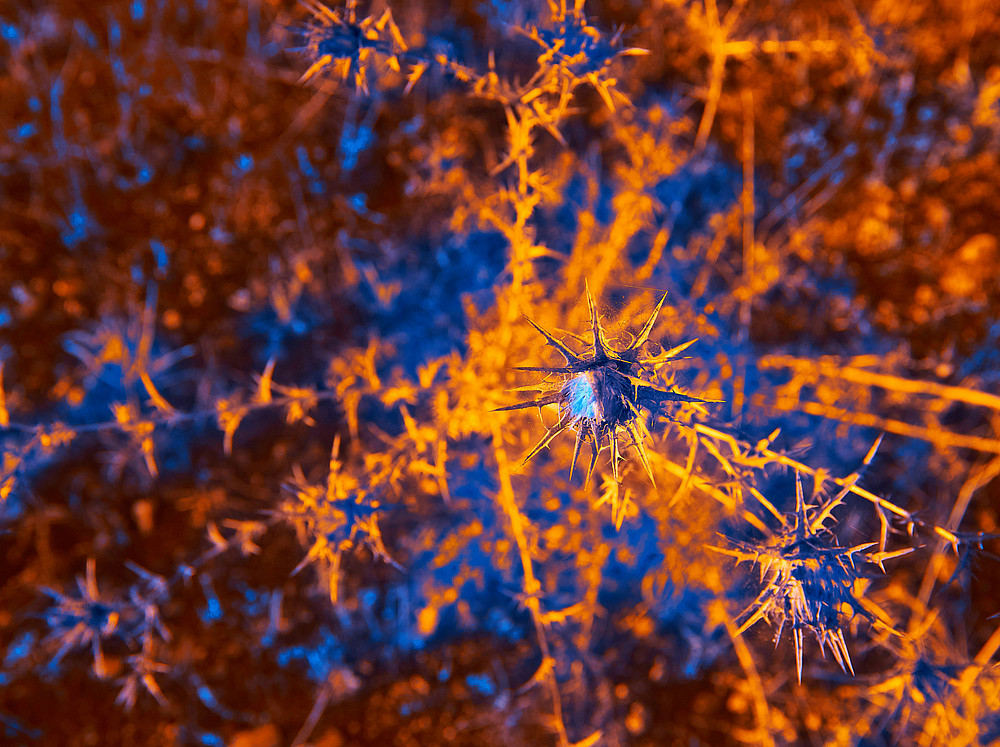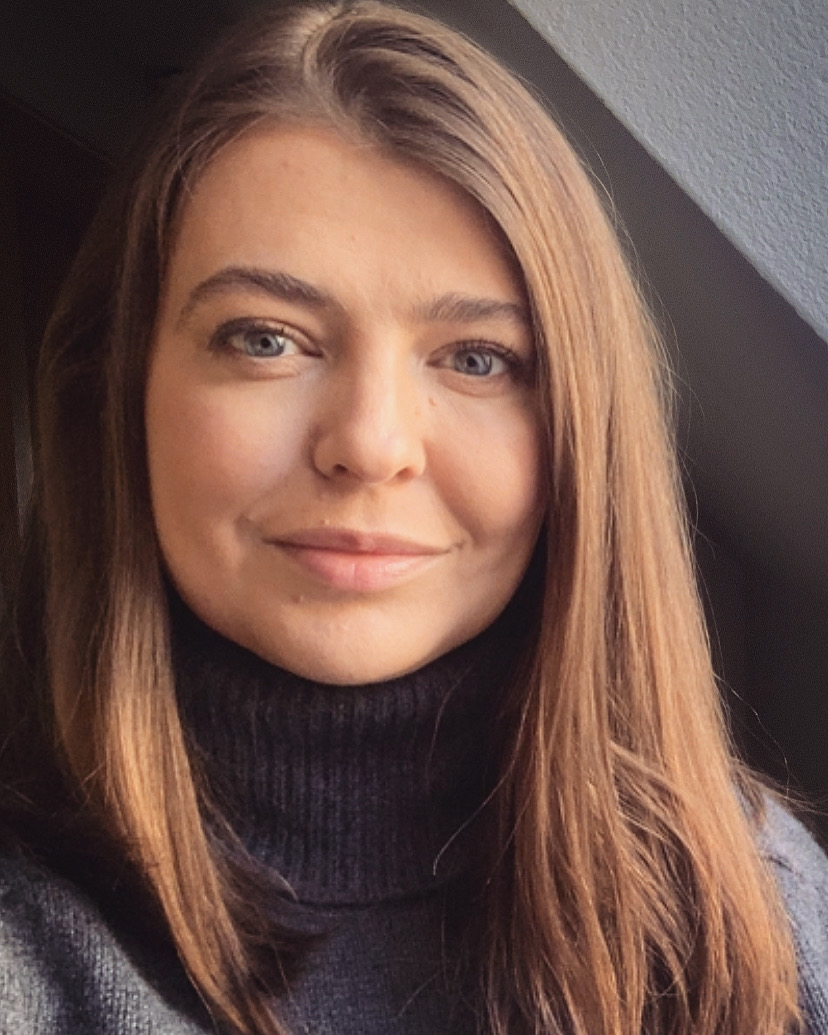Dr. Svitlana Antonyuk
Institut für Psychologie
Meine unmittelbaren Forschungsziele sind (i) die Rolle von Emotionsregulationsstrategien bei der Ausprägung emotionaler Haltungen zu untersuchen und (ii) die Bedeutung emotionaler Haltungen in Sprachkontaktsituationen zu bestimmen. Darüber hinaus interessiert mich ganz allgemein, auf welche Weise Emotionen Sprache und sprachliche Performanz beeinflussen.


Ass.-Prof. Dr.phil. Svitlana Antonyuk
602 Institut für Psychologie, Universitätsplatz 2/III, 8010 Graz
Dienstag oder Donnerstag zwischen 14:00- 15:00h
ORCID: 0000-0001-5876-9195